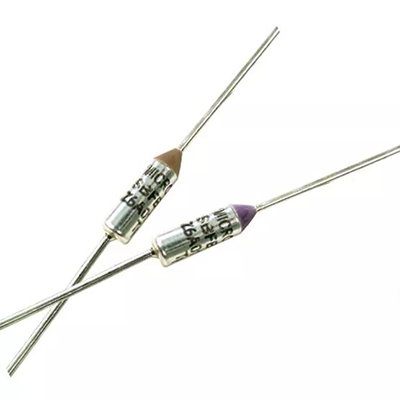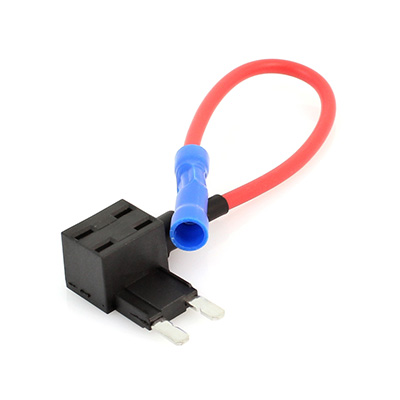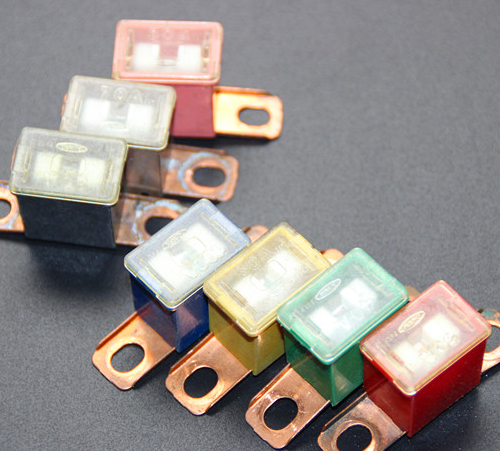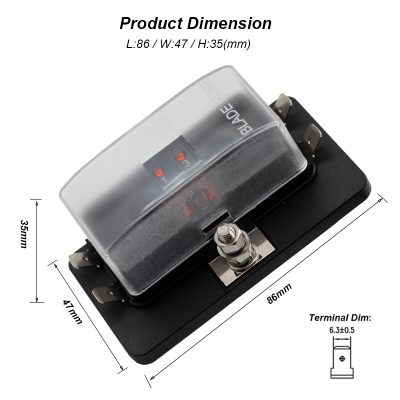Current Fuses in Hybrid Vehicles: Key Mechanisms for Balancing and Protecting Electrical System Loads Effectively
News 2025-10-24
Hybrid vehicles integrate advanced electrical systems that combine battery power and traditional engines, making load balancing essential for safety and performance. Current fuses serve as critical safeguards, interrupting excessive current to prevent overloads and ensure even distribution of electrical loads. This helps maintain system integrity in dynamic driving scenarios, where fluctuating energy demands can strain components. By protecting against short circuits and thermal runaway, current fuses enhance the reliability of hybrid vehicles, supporting their growing adoption in sustainable transportation.

Application Scenarios
In hybrid vehicles, current fuses are deployed in key areas such as high-voltage battery packs, electric motor controls, and regenerative braking systems. For example, during acceleration or energy recovery phases, fuses manage sudden surges in current, preventing damage to sensitive electronics. They also play a role in auxiliary systems like infotainment and lighting, where balanced loads reduce the risk of failures. This application ensures seamless operation in real-world conditions, from urban commuting to highway driving, by adapting to varying electrical demands.
Performance Advantages
Current fuses offer superior performance through fast-acting mechanisms that minimize response times to overcurrent events, safeguarding components from heat and wear. Their design incorporates high thermal stability and resistance to automotive vibrations, ensuring longevity in harsh environments. By promoting efficient load distribution, these fuses reduce energy losses and extend the life of electrical systems, contributing to better fuel economy and lower maintenance costs. This reliability is crucial for meeting stringent automotive standards and enhancing overall vehicle efficiency.
Frequently Asked Questions
1. What is a current fuse and its role in hybrid vehicles?
Answer: A current fuse is a protective device that melts to break an electrical circuit during overcurrent, helping to balance loads and prevent damage in hybrid vehicle systems.
2. How do current fuses improve electrical system safety?
Answer: They interrupt excessive current quickly, avoiding overheating and potential fires, thus ensuring safer operation of the vehicle’s electrical components.
3. What factors influence the selection of current fuses for hybrids?
Answer: Factors include voltage ratings, current capacity, and environmental durability, tailored to handle the specific demands of hybrid electric systems.


